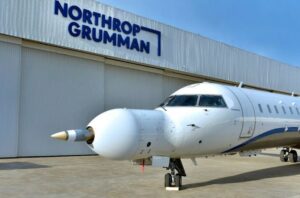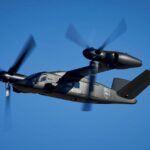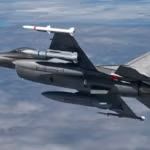
On June 7, Lockheed Martin [LMT] said it had received a U.S. Air Force contract for Phase 1 of the Stand-in Attack Weapon (SiAW) competition. A day later, L3Harris [LHX] said so, and on June 9, Northrop Grumman [NOC] did. All three contracts are to last three months, the companies said. But the Air Force has yet to put out a general announcement about the contracts, nor to answer why the above firms released some contract information, but not the…














